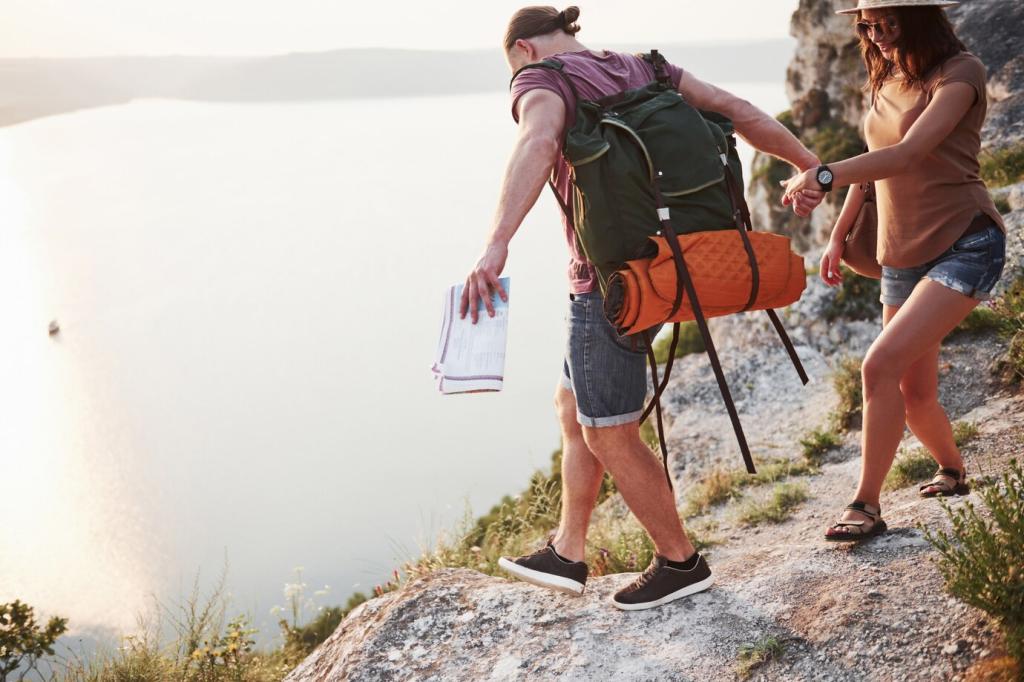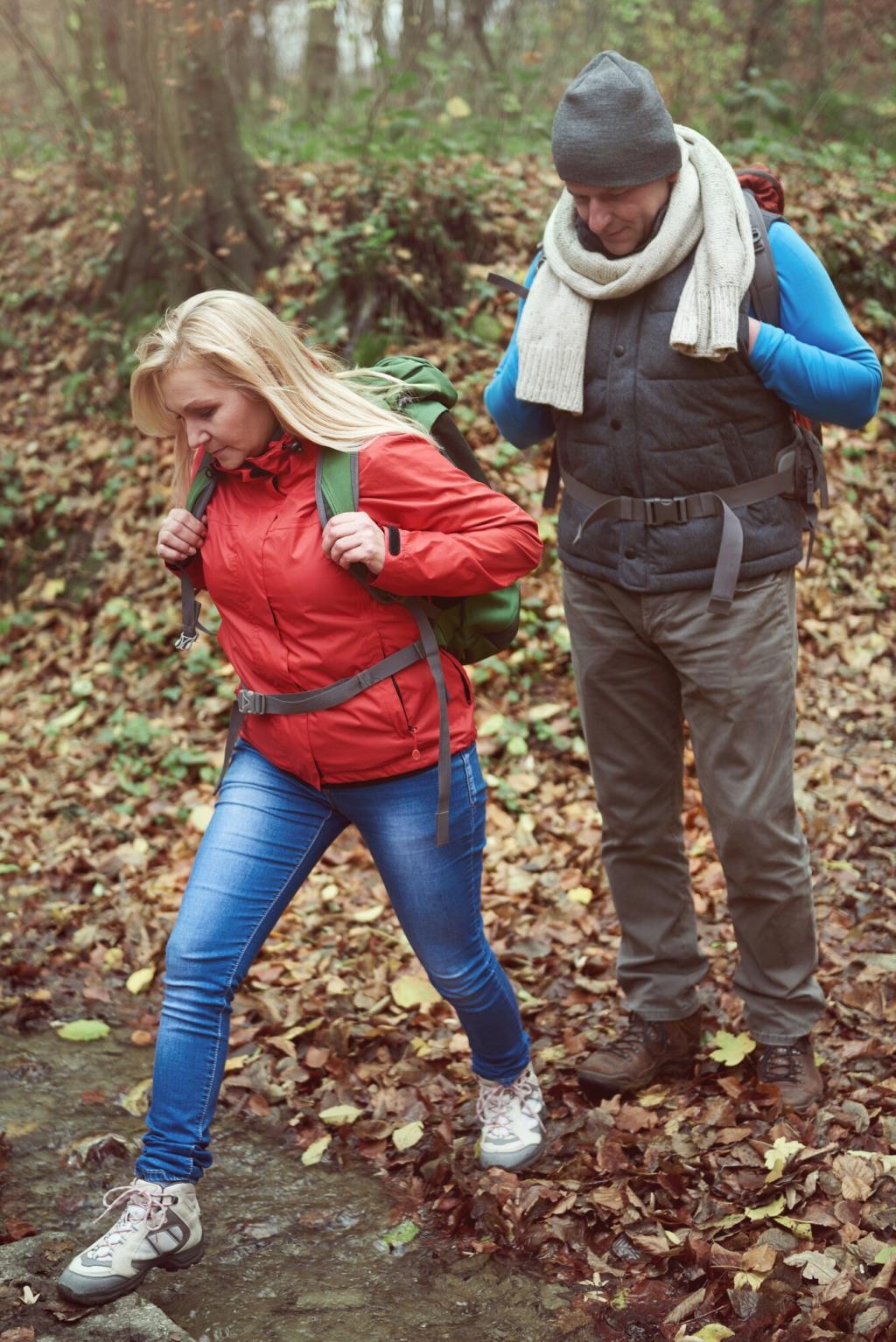Nature Encounters: Bites, Stings, and Plants
For hives, swelling, or wheezing after a sting, give an antihistamine if appropriate and monitor closely. For severe reactions, use an epinephrine auto-injector immediately and seek evacuation. Note times, symptoms, and responses while keeping the person warm.
Nature Encounters: Bites, Stings, and Plants
Stay calm, immobilize the limb, and keep it at heart level. Do not cut, suck, or apply a tourniquet. Remove tight jewelry, mark swelling borders, and head for medical evaluation promptly while limiting unnecessary movement.







